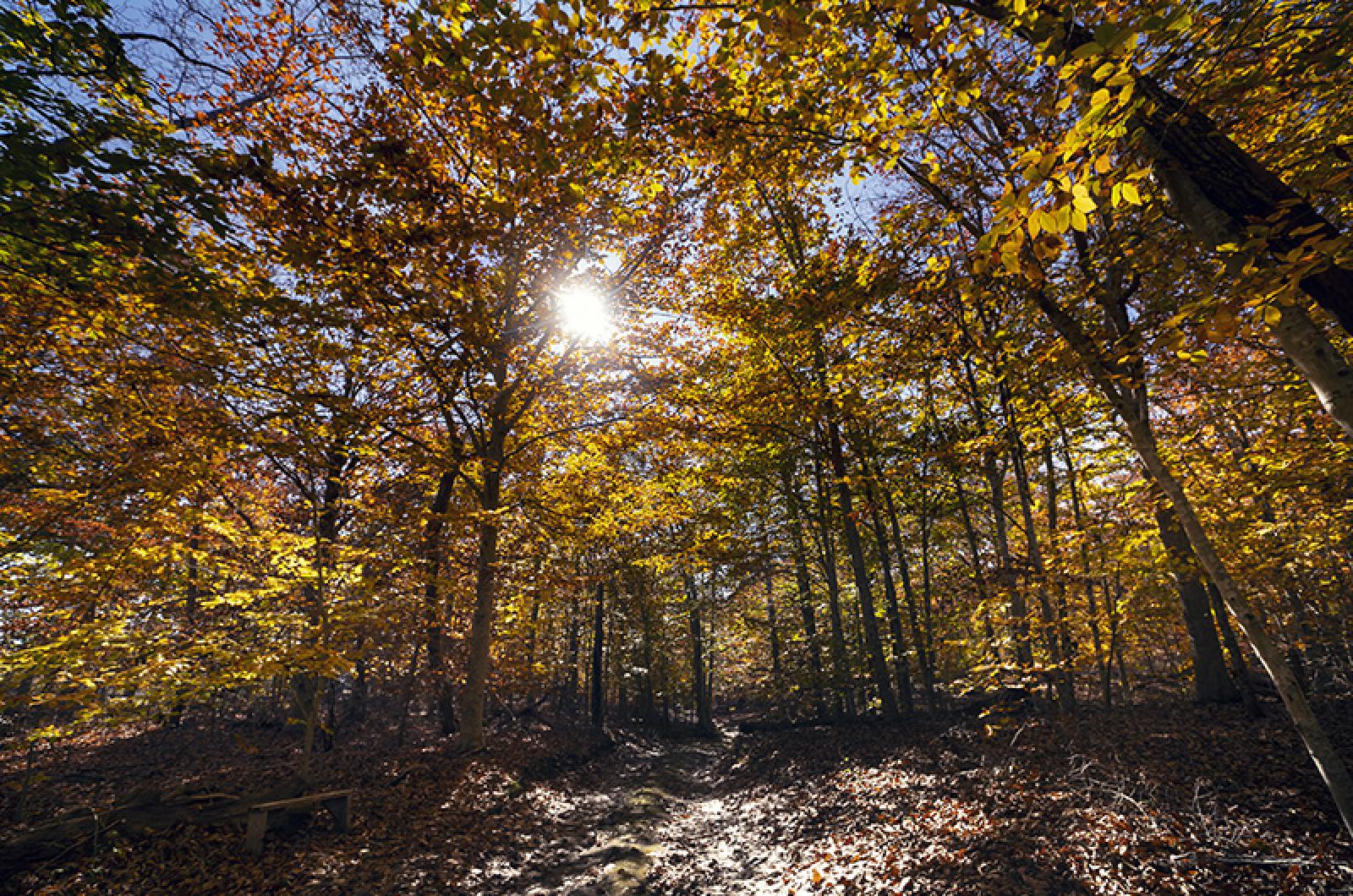George Orwell must have had a shaky sense of humor, since he found amusement in the quaking of the planet. He explained, “A earthquake is such fun when it is over.”
One could only agree if the earthquake was a small one.
Last Sunday, Islanders felt the earth move. It wasn’t Richie Olsen and his ground moving machines, but a true earthquake that originated nine kilometers south/southwest of Bliss Corner (Dartmouth) Massachusetts. The location underground where an earthquake starts is called its hypocenter, while on the surface the origin is known as the epicenter.
Though we think of earthquakes as rare events, on that day there were about 53 other earthquakes of at least 2.5 magnitude around the world. In fact, there are approximately half a million detectable earthquakes per year on the planet, though only about 100,000 can be felt by humans. And of those, 100 or so will cause damage. In the northeast US, from 1668 to 2016, there were 2,030 earthquakes.
Last week’s quake measured 3.6 in magnitude, and some damage was reported. The term magnitude describes the measured value or size of an earthquake, while intensity is the measure of the shaking, which varies from location to location, depending mostly on its distance from the epicenter.
Historically, some local earthquakes have been much more destructive. A big one in 1755, of more than six in magnitude, east of Cape Anne, caused great losses in Boston, with one third of the chimneys in the city damaged. Bent church steeples and cracked brick walkways were also reported. A significant quake in 1925 brought ill effects to the Island. The Look brothers, Albert and Ralph, reported a theatre of sick folks resulting from tremors of the off-Island quake.
Though 18th Century Methodist leader John Wesley insisted that “sin is the true cause of all earthquakes,” we know of the natural root of these seismic situations.
Earth science tells us of the layers of the earth — the inner and outer cores, mantle, and crust. The top two layers, the upper part of the mantle and the crust, make up the skin of the planet’s surface. The skin can be thought of as a puzzle with moving pieces or plates. The edges of these plates are rough, and can get stuck together as the larger bodies of the plates move. When they eventually break free and join in the movement of the plates below them, earthquakes occur.
The margins between them are called faults or fault lines. American journalist Charles Kuralt captured this seismic sensation when he noted, “It takes an earthquake to remind us that we walk on the crust of an unfinished planet.”
While Kuralt followed the science of earthquakes, the Greek polymath Aristotle (not surprisingly) philosophized on the phenomenon.
On the day after a winner of the American election was called, an earthquake came knocking, making Aristotle’s ancient words even more apt. He long ago told us, “All earthquakes and disasters are warnings; there’s too much corruption in the world.”
Suzan Bellincampi is director of the Felix Neck Wildlife Sanctuary in Edgartown, and author of Martha’s Vineyard: A Field Guide to Island Nature and The Nature of Martha’s Vineyard.







Comments
Comment policy »